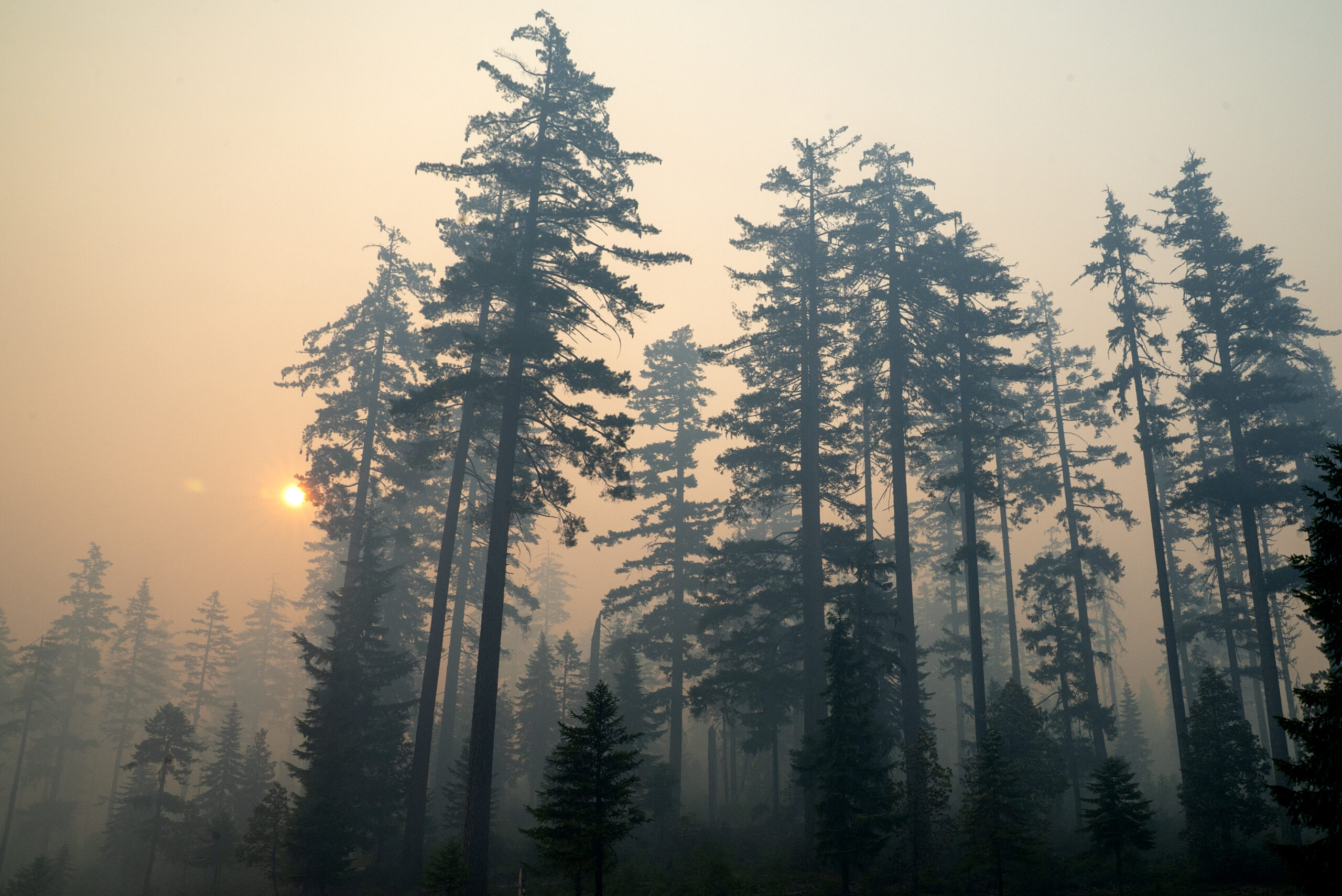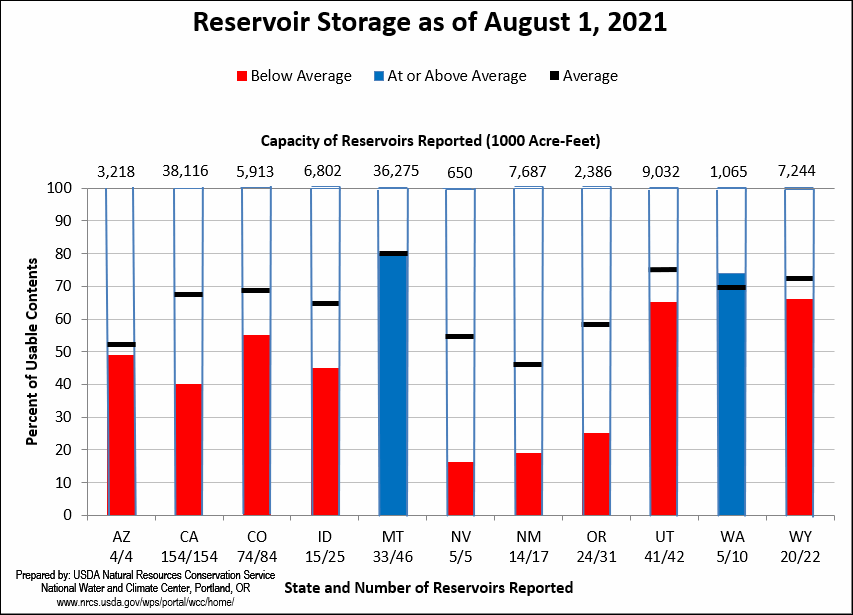
Drought and wildfire are an unavoidable part of life in the West. But this year’s extreme drought and wildfire season has hunters and conservationists worried about the long-term impacts on wildlife and habitat. Predictably, game like mule deer and elk are scrounging for browse that’s becoming more scarce and several western states are implementing fishing restrictions in the face of warming waters.
But there are much stranger news headlines too. Colorado is rounding up wild horses, the Boundary Waters are burning, salmon in the Pacific Northwest are reversing their migrations, and rattlesnakes are moving in to California suburbs.
This week on the Outdoor Life Podcast, we talk to Wyoming-based reporter and OL contributor Christine Peterson, who has been covering the toll the Western drought is taking on species like trout and mule deer. We also check in with hunting and conservation editor Andrew McKean, who’s been keeping tabs on how the drought in the Dakotas caused poor waterfowl production this spring, and what it means for ducks and duck hunters. We’ll also discuss the silver lining to some of these disheartening climatic conditions, and why all hope isn’t lost for wild critters.
Exceptionally Dry
More than half of the U.S. is currently experiencing some level of drought: 56 percent as of August 24, according to the National Drought Mitigation Center. The brunt of the brutal conditions are affecting 67 percent of the West and a whopping 80 percent of the High Plains region.
While drought out West has been a persistent problem over the years, the current conditions are critical. Each state shares many of the same major problems, like lower reservoirs and crop failure, but drought causes a unique set of troubles in each state.
You can see how the differing levels of drought have historically affected your state here.


Reduced mountain snowpack means less water in streams, rivers, and reservoirs. High temperatures are stressing wildlife and evaporating moisture from plants, creating conditions prime for wildfires.
first appeared first on Outdoor Life.


